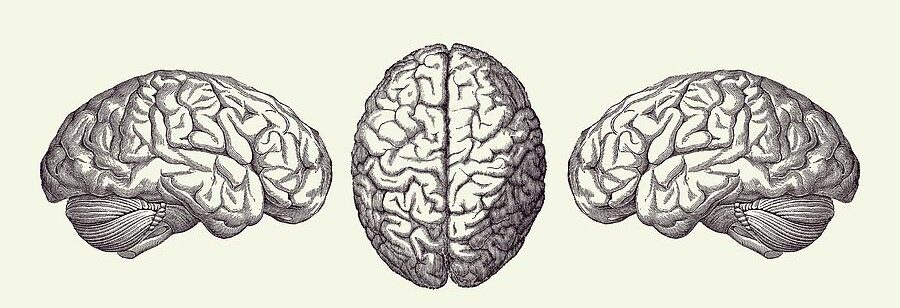Understanding Standardized Recognition Tests
In a Standardized Recognition Test, participants are typically presented with a series of items, which could be images, words, sounds, or scenarios. After a certain period, they are then shown a mix of previously presented items and new items. The task of the participants is to identify which items they recognize from the initial presentation.
The test is designed to measure recognition memory, which is a subcategory of declarative memory. Declarative memory involves conscious recollection of facts and events, and it can further be divided into episodic memory (memory for events) and semantic memory (memory for facts about the world). Recognition memory is a crucial aspect of our daily lives, allowing us to recognize previously encountered faces, objects, places, and so on.
Standardized Recognition Test: A Driving Route Example
Let’s consider an example of a Standardized Recognition Test where participants are asked to remember a driving route.
In this hypothetical study, participants are first shown a video of a specific driving route in a city, including various landmarks, turns, and street names. They are asked to pay close attention as they will be tested on their memory of the route.
After a delay, which could range from minutes to days depending on the specific design of the study, participants are then tested on their recognition of the route. They might be shown a series of images or videos, some of which are from the original driving route and some of which are not. Their task is to indicate which ones they recognize from the initial video.
This test would measure the participants’ recognition memory of the driving route. It could be used for various purposes, such as studying the effects of age on memory, assessing memory in individuals with neurological conditions, or evaluating the impact of interventions designed to improve memory.
The Significance of Standardized Recognition Tests
Standardized Recognition Tests are a valuable tool in cognitive psychology and neuroscience. They provide a quantifiable measure of recognition memory, allowing researchers to compare memory performance across individuals or groups, track changes in memory over time, or assess the impact of experimental manipulations on memory performance.
Moreover, these tests have important practical applications. For instance, they can be used in clinical settings to assess memory impairments in individuals with neurological conditions, such as Alzheimer’s disease or stroke. They can also be used in educational settings to evaluate learning outcomes or in the design of interventions to improve memory performance.
In conclusion, Standardized Recognition Tests are a key method for studying recognition memory. By providing a standardized measure of memory performance, they enable a deeper understanding of how memory works and how it can be affected by various factors.

